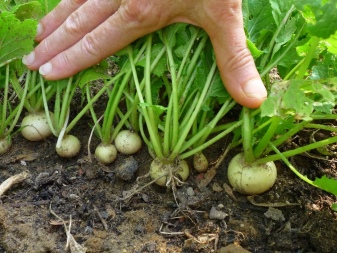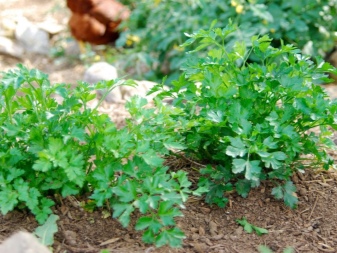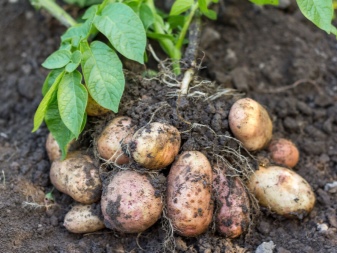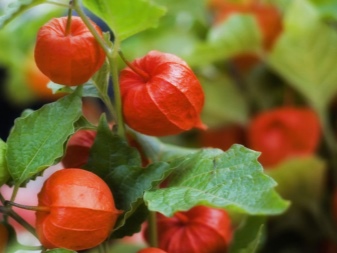After which you can plant eggplants?

Eggplant is a healthy and low-calorie vegetable that contains vitamins C, PP, carotene, B vitamins, sodium, phosphorus, calcium, iron, potassium and magnesium. Regular consumption of eggplant helps to strengthen the immune system, reduce blood cholesterol levels, and prevent diseases of the cardiovascular system.
The listed advantages of this crop can be a good reason to start growing it on your site. But first of all, the gardener must know after which crops the eggplants can be planted.
Why is crop rotation important?
There is a rule according to which it is undesirable to plant the same crop in the same area for at least 3 years. For example, if physalis was planted on the site, then next year it is not worth growing eggplant here, since both of these crops belong to the nightshade family. This is due to the fact that vegetables belonging to the same family need the same substances and minerals that they extract from the soil.
Thus, over time, the land is depleted, which leads to an increase in plant diseases, and also reduces the quantitative and qualitative indicators of each subsequent harvest. In addition, some crops may secrete special enzymes that attract parasites or are poisonous to other plants. If there is no free space in the garden, when planting an identical crop on the same plot, you must first restore and fertilize the land.
This can be done using ready-made store dressings or folk remedies (compost, ash, etc.).

Best predecessors
Based on the above rule of crop rotation, in the open field, as in greenhouse beds, eggplants can be planted in the same place where they previously grew:
- peas;
- beans;
- beans;
- cucumbers
- zucchini;
- pumpkin;
- squash
- radish;
- radish;
- mustard;
- cabbage;
- beet;
- carrot;
- parsley;
- Dill;
- cilantro;
- onion;
- garlic;
- rosemary.


These crops are the best eggplant predecessors in the garden. Consider what is their advantage over other plants. In peas and other legumes, the roots reach a depth of more than 1 m, due to which the upper layers of the soil, in which the eggplant root system is located, are not depleted. In addition, legumes favor the accumulation of nitrogen compounds in the soil (for example, beans), which is an excellent fertilizer for eggplants. Planting these vegetables in the place where melons (cucumbers, pumpkins, etc.) were previously grown will also be an excellent solution, since the latter are capable of accumulating various minerals in the soil that are useful for representatives of the Solanaceae family.
Cruciferous crops (radishes, cabbage, etc.) enrich the soil with potassium, calcium and nitrogen, which has a positive effect on all plants of the Solanaceae family in general, and on eggplants in particular. However, due to the high consumption of water, cabbage dries the soil very much, so before planting the eggplants, you need to water the ground abundantly with water and give it time to settle. In spring, eggplants can be planted without harm in the same area where umbrella plants grew last year (carrots, dill, etc.). Thanks to the enzymes they secrete, the next plantings are not afraid of various pests.
Some types of flowers will become good predecessors:
- marigolds "protect" the soil from the appearance of nematodes and bears (for this you need to scatter the cut stems at the planting site before plowing the soil);
- chamomile prevents caterpillars and aphids from appearing in the ground;
- calendula "will not let" the Colorado potato beetle - the main enemy of the entire Solanaceae family - on the site.
In addition, a number of perennial grasses have a general disinfecting effect on the earthen area.


After which the culture cannot be planted?
It is not recommended to plant eggplants on an earthen area after plants such as:
- tomatoes;
- potato;
- bitter and sweet peppers;
- physalis;
- Boxthorn;
- tobacco;
- henbane.
The main reason why these crops cannot be predecessors of eggplant on the same earthen plot is that they belong to the same Solanaceae family. As noted earlier, related plants need the same set of nutrients that they get from the soil. For example, tomatoes need nitrogen compounds. If eggplants are planted the next year after them, the harvest will be very poor, since the soil will no longer have the necessary concentration of nitrogen for their growth. In addition, crops from the same family are susceptible to the same diseases and pests.
Therefore, experts advise taking a three-year break between plantings of representatives of the same plant family, or, if this is not possible, regularly renew and feed the soil, renewing the missing substances and minerals in it.
If the farmer does not adhere to the rules of "inheritance" when planting eggplants or does not fertilize the soil in time, he risks reducing the quantitative and qualitative indicators of his harvest. Therefore, any gardener, both a beginner and with experience, should responsibly approach the organization of the garden space.









The comment was sent successfully.